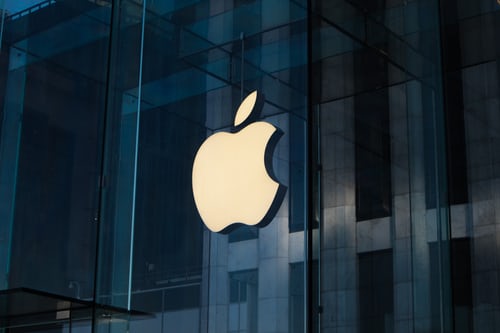Apple has been forced to rethink its iPhone 13 manufacturing plans due to a lack of production components. In 2020, the semiconductor scarcity reached historic proportions. While many individuals were compelled to stay at home and resorted to electronic gadgets, manufacturing companies were shut down. Demand has outstripped supply since then, and this is expected to continue until at least 2023.
Production of the iPhone 13 has dropped by 11%.
Apple had intended to create 90 million iPhones by the end of the year but instead produced just 10 million, a reduction of 11%. Apple’s chip suppliers, Broadcom and Texas Instruments, are dealing with a shortage of components for the processors that manage display power, the Face ID laser network, USB connection, and wireless capability.
Tim Cook warned that such an occurrence was likely while releasing his company’s latest quarterly results. The shortfall is already affecting shipments of the iPhone 13 Pro and iPhone 13 Pro Max: orders placed on Apple’s website will not be delivered for roughly a month, despite being on sale since September. In addition, the new cellphones are marked as “unavailable for the time being” in some of the company’s physical locations. Apple Watch Series 7 manufacturing, as well as the company’s other products, has been hampered.
Despite the shortfall, Apple plans to set a new revenue record this year.
Apple is one of the world’s leading purchasers of electrical semiconductors. As a result, the reduction in its output demonstrates the significance of the scarcity impacting numerous industries: even with enormous purchasing power, procuring enough components to meet its aims is extremely difficult, especially now that the shortage has spread to copper sheets.
According to Bloomberg, current iPhone orders are scheduled to arrive in mid-November, so Cupertino may still be able to produce its new flagship in time for the critical Christmas season. Furthermore, according to projections, the firm’s fourth-quarter will be it’s most profitable to date, with a turnover of 120 billion dollars, up 7% from the same time in 2020.




